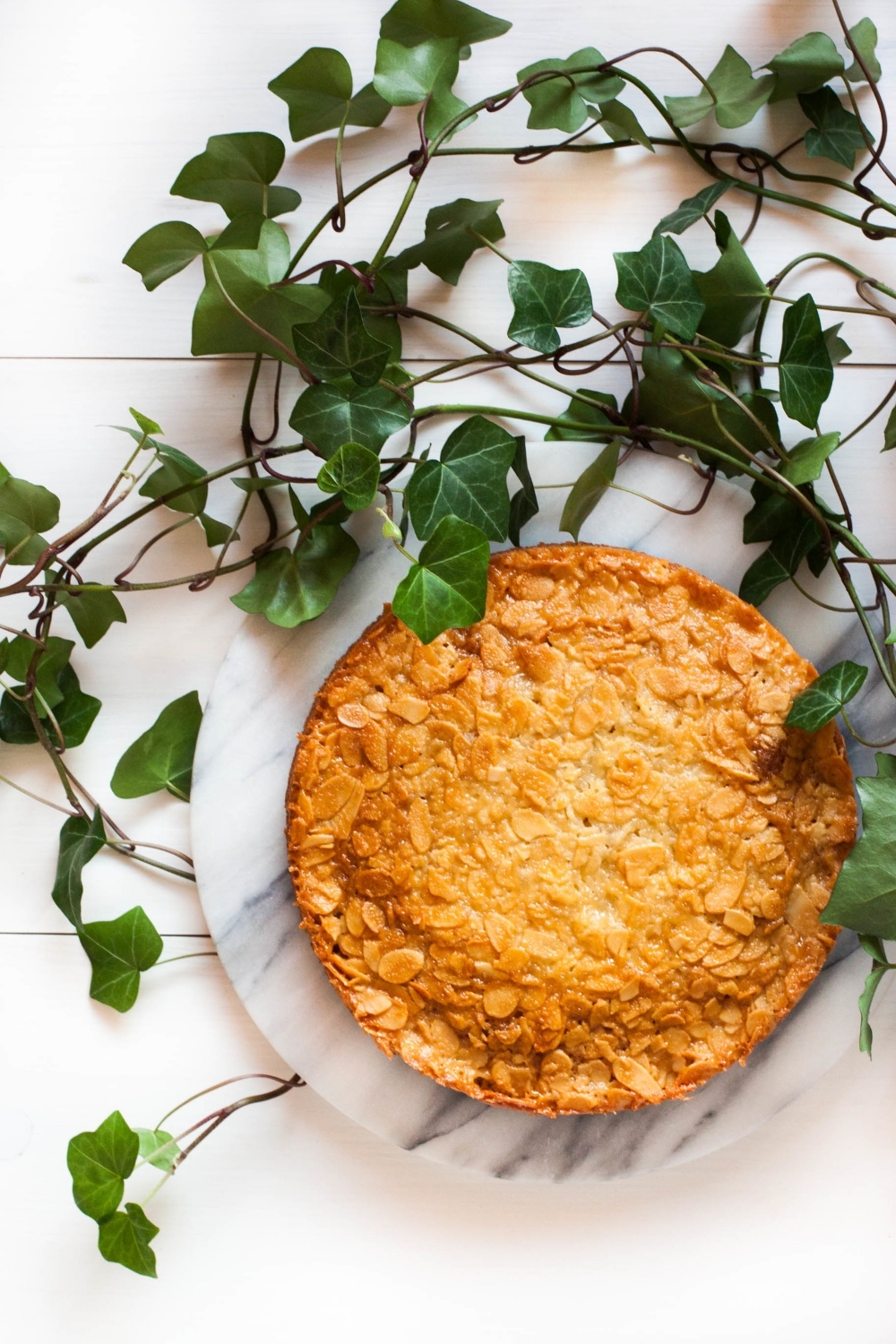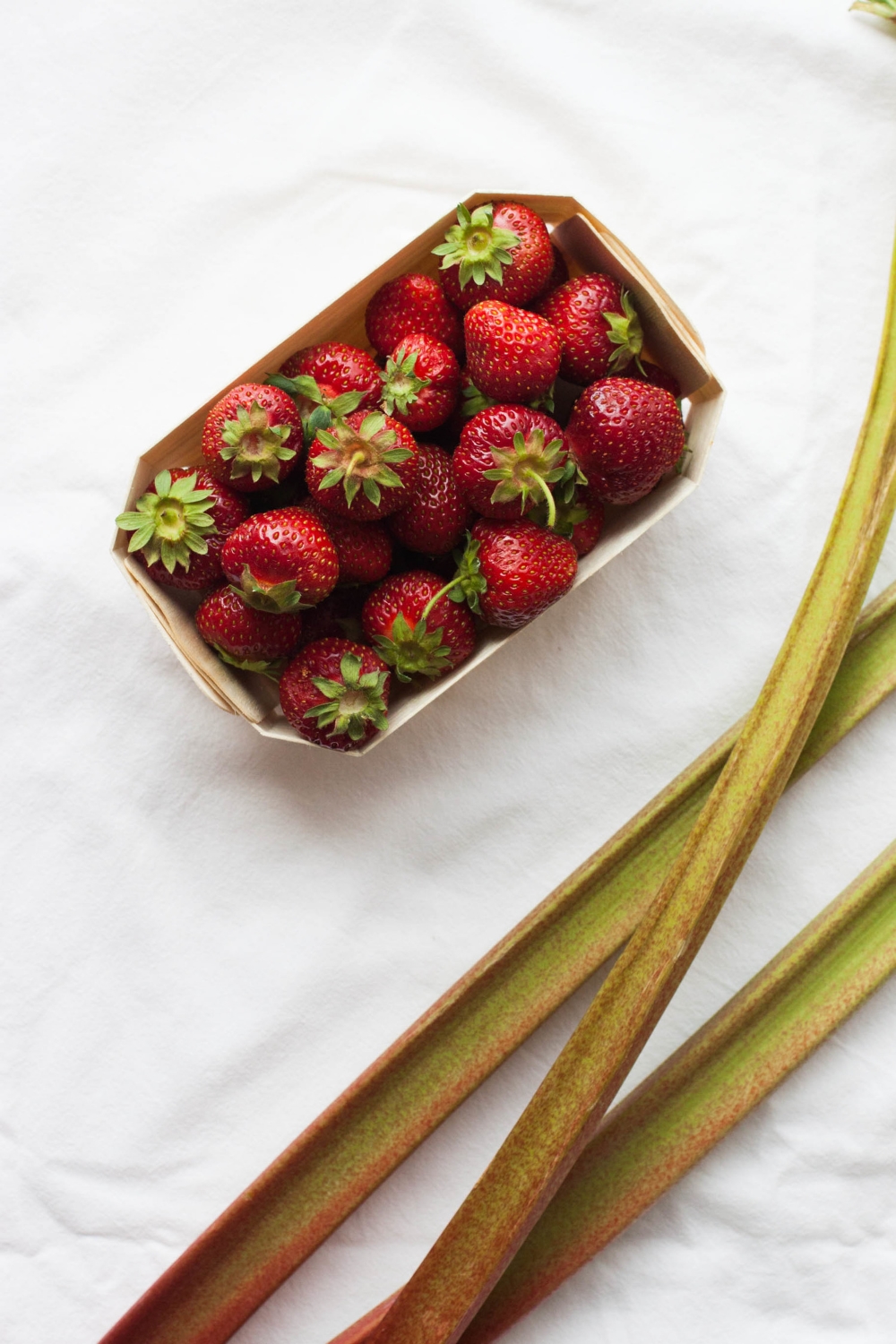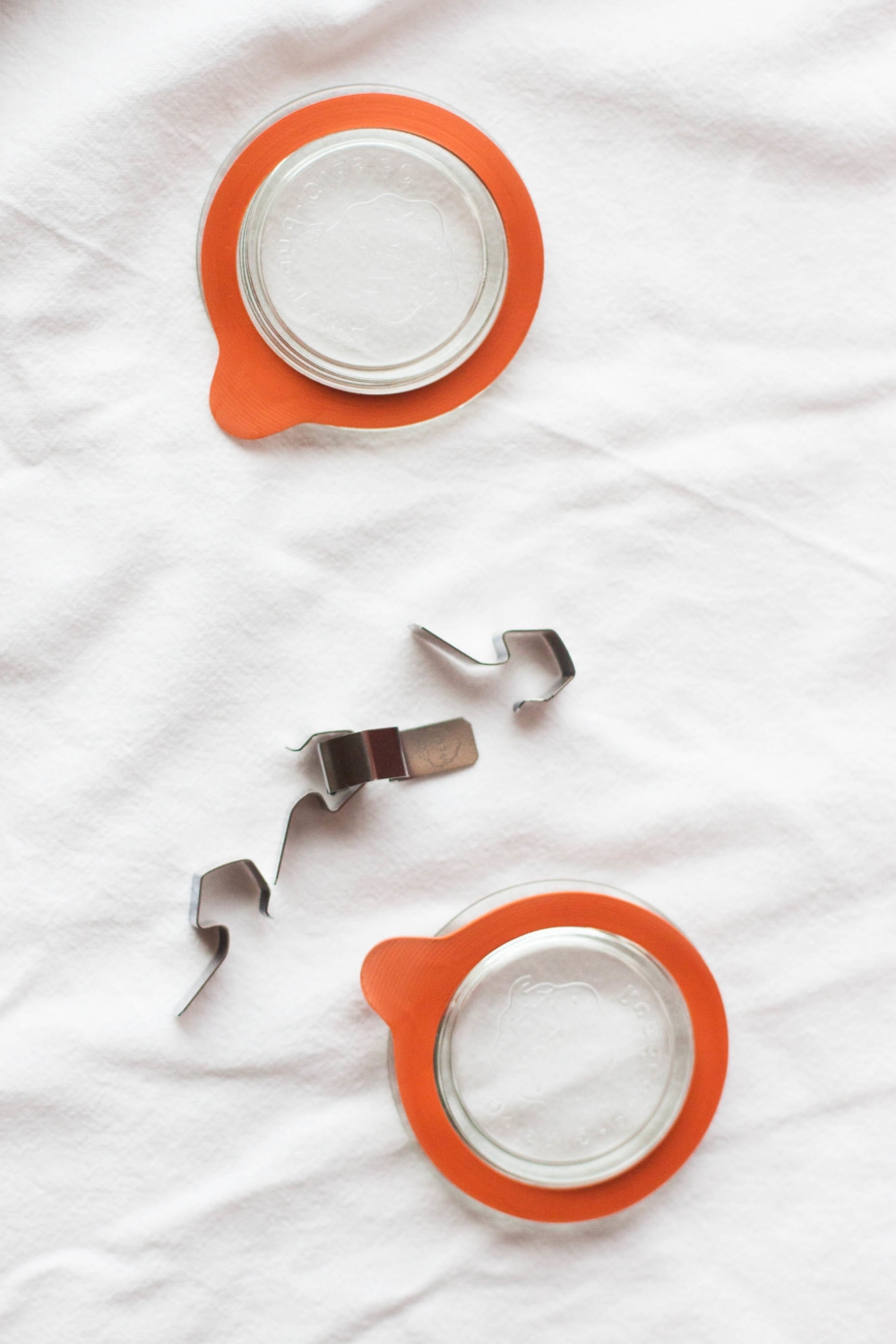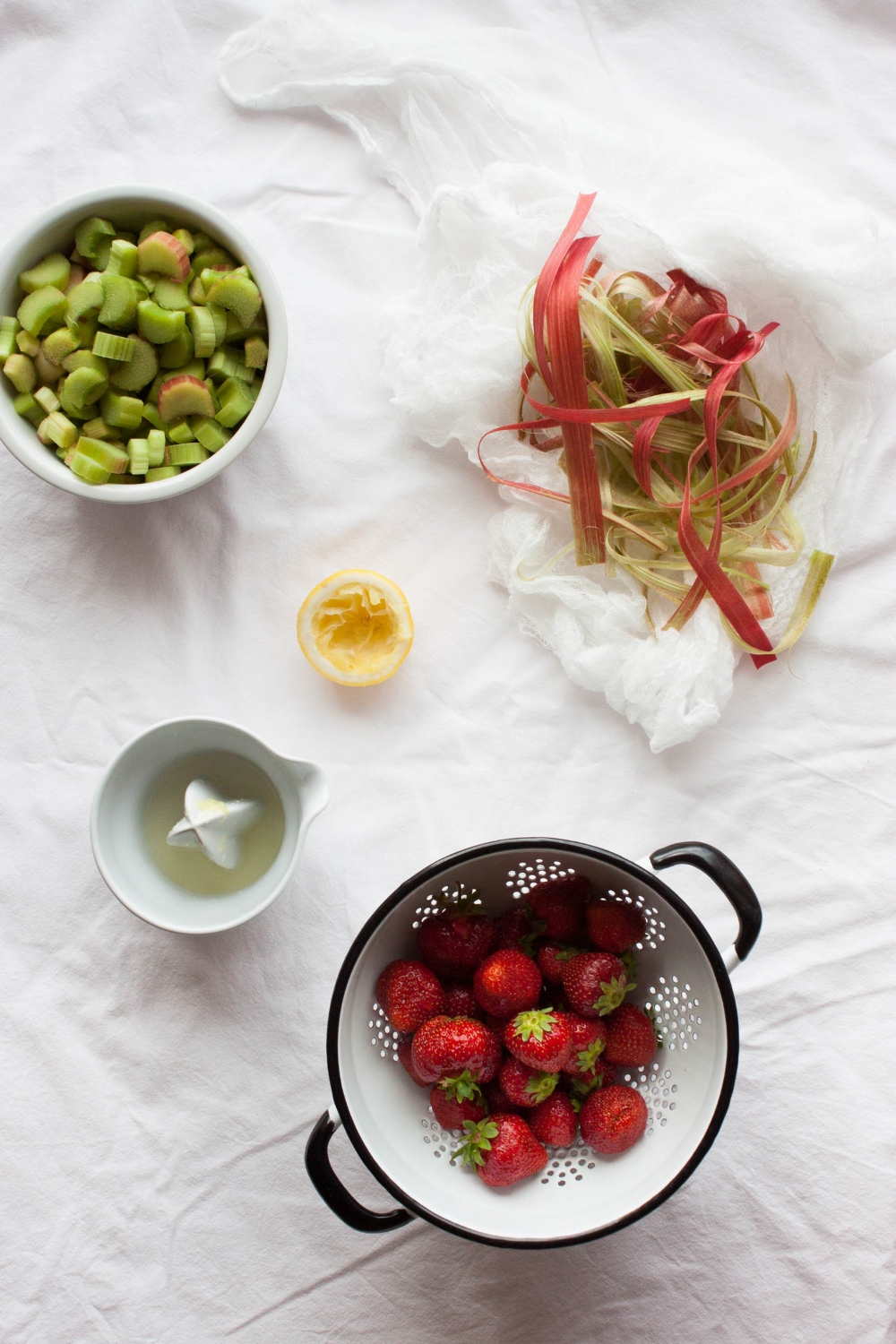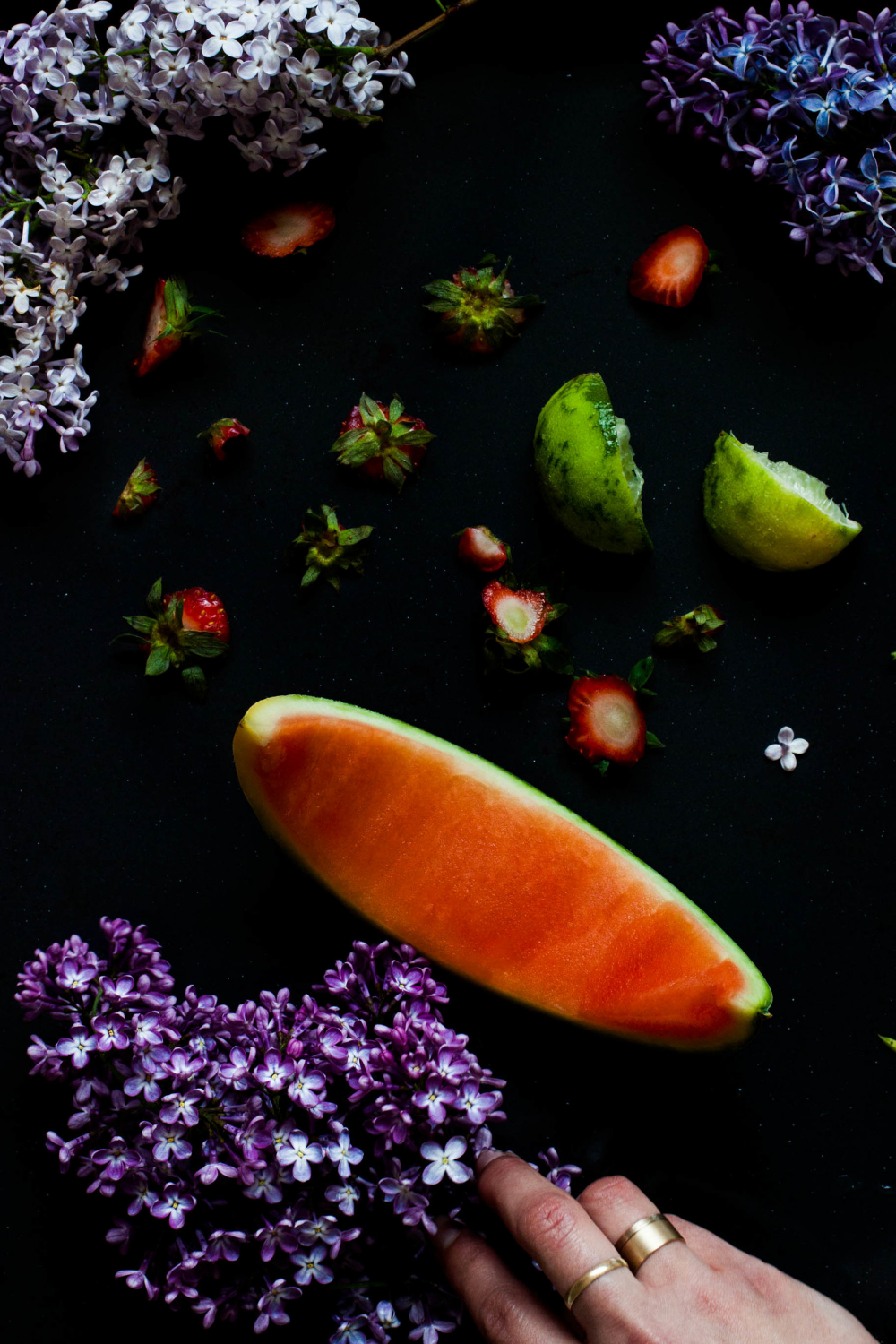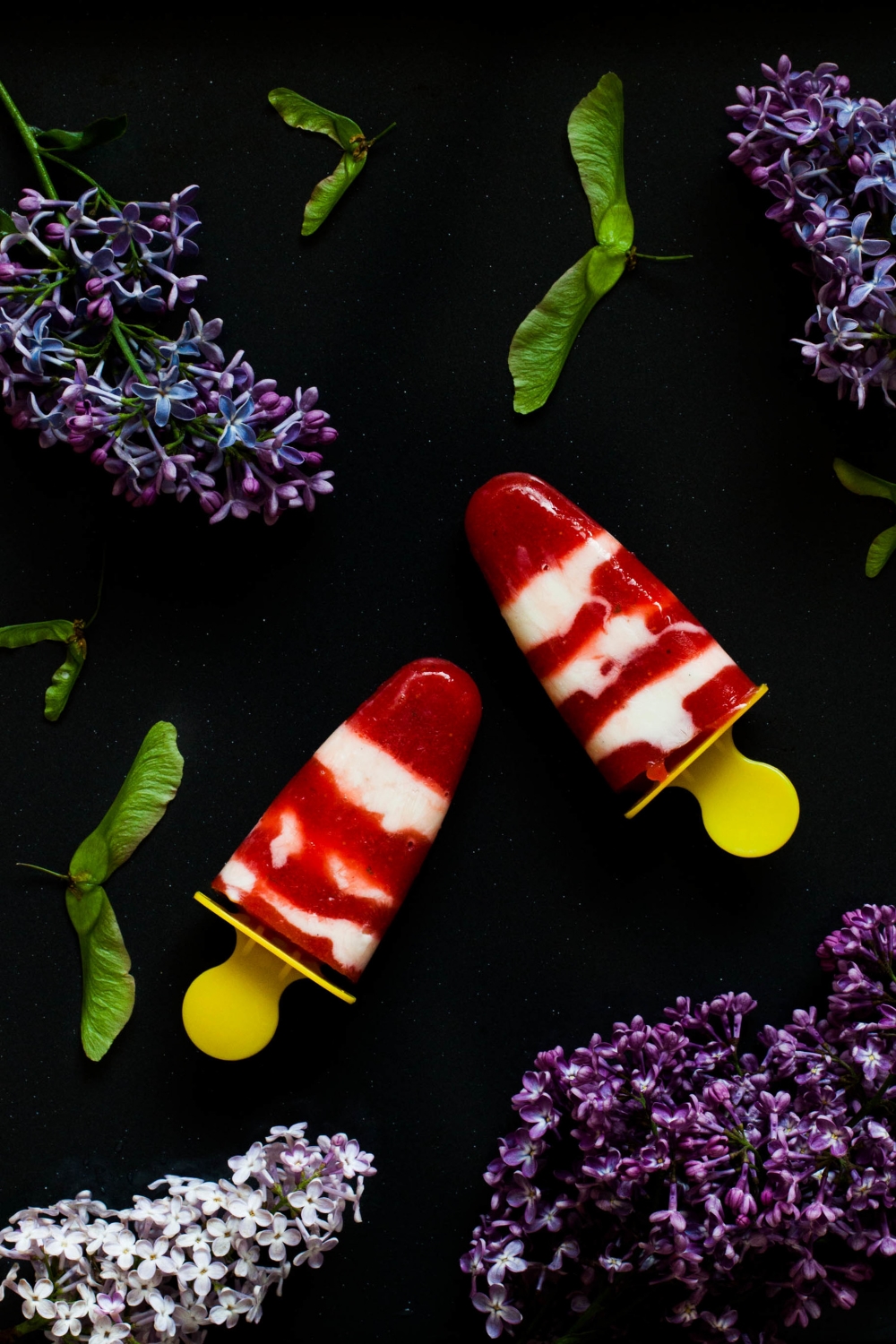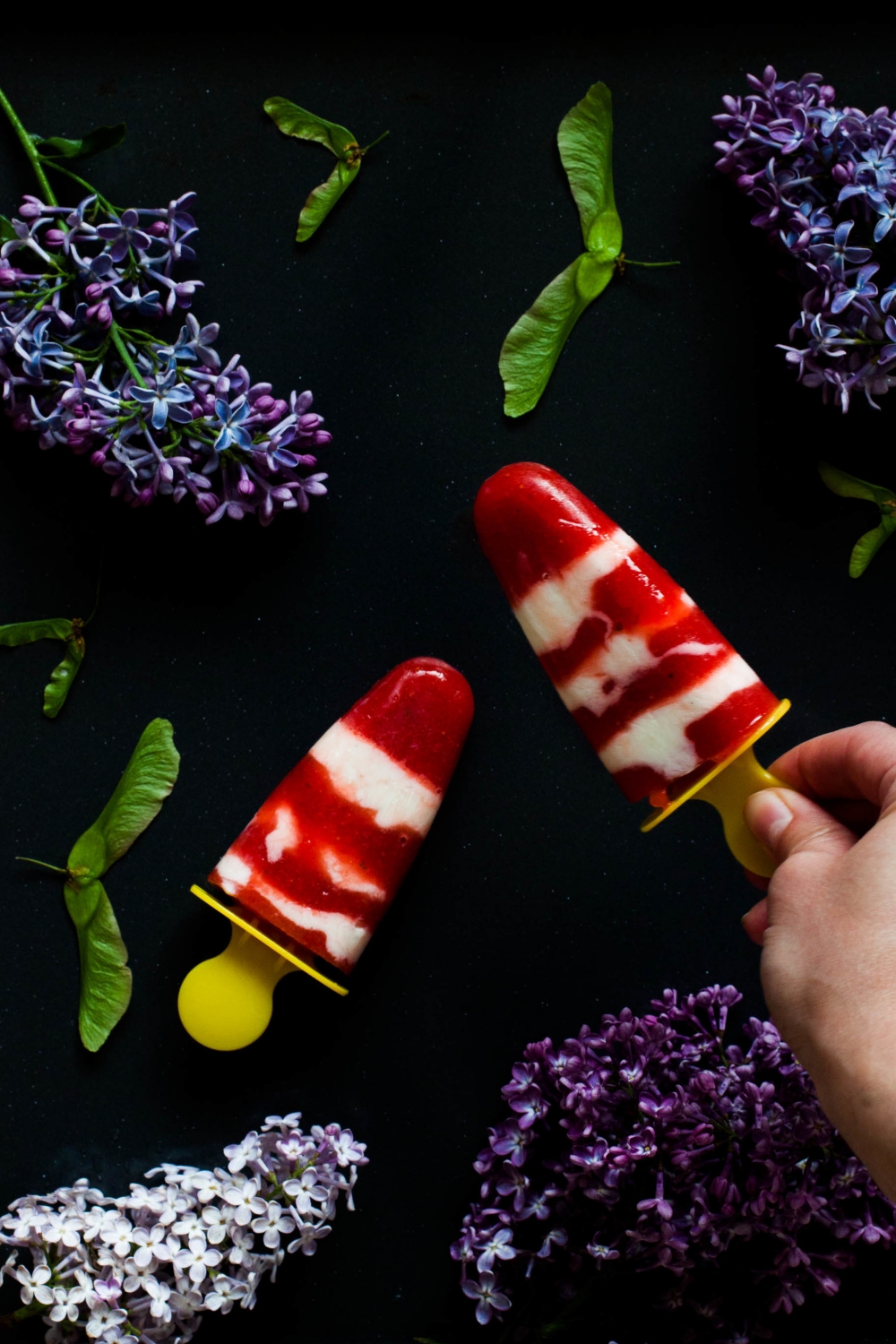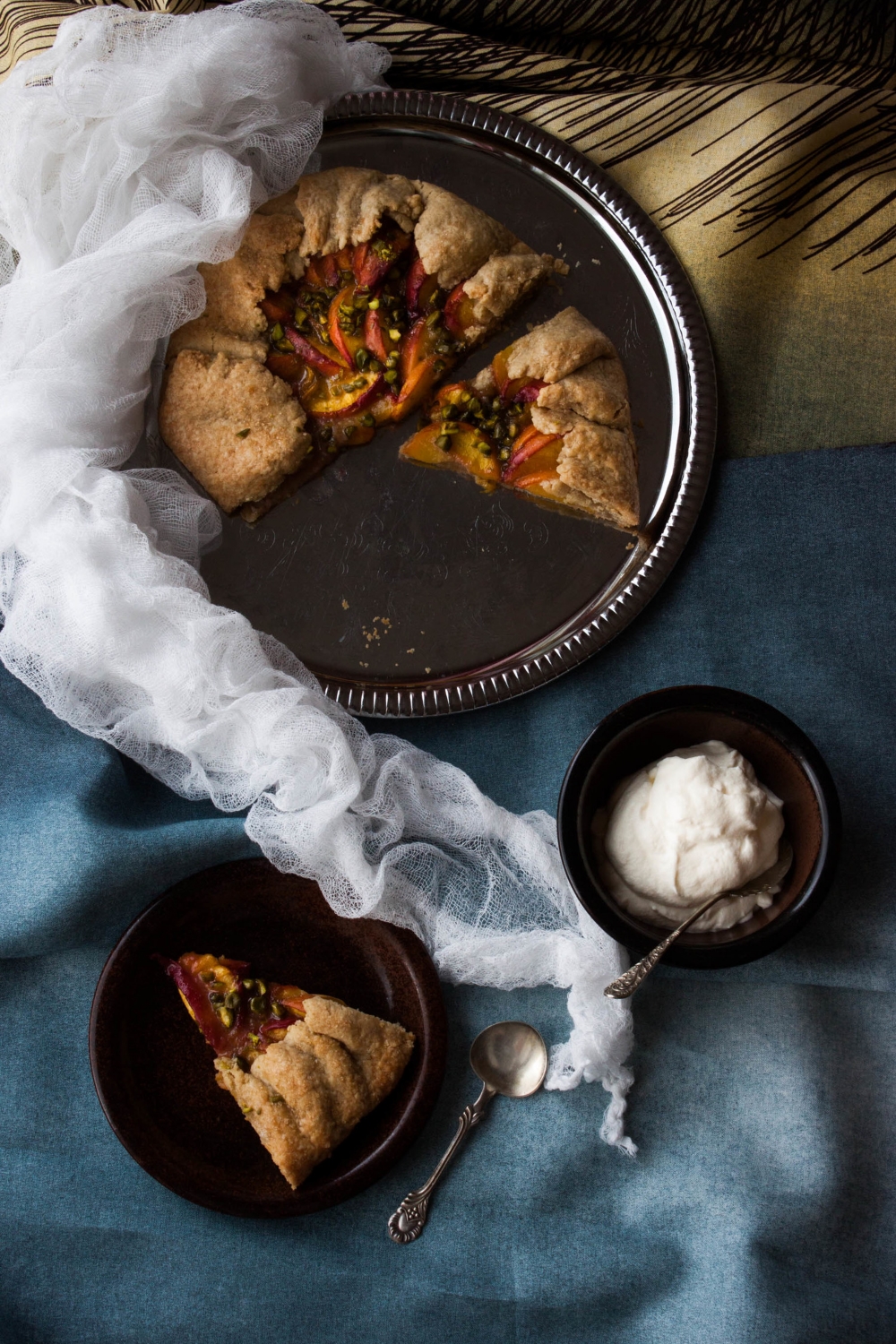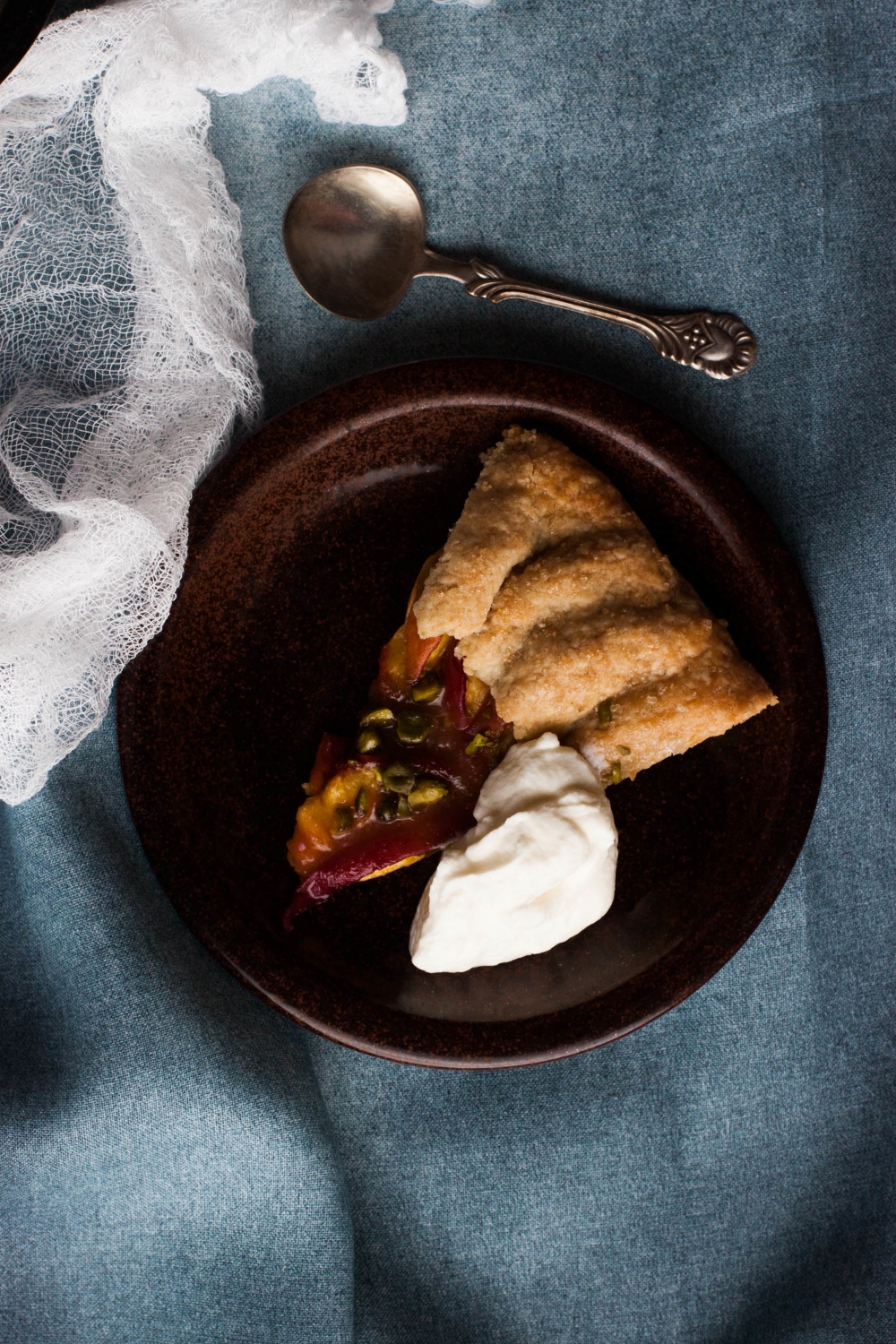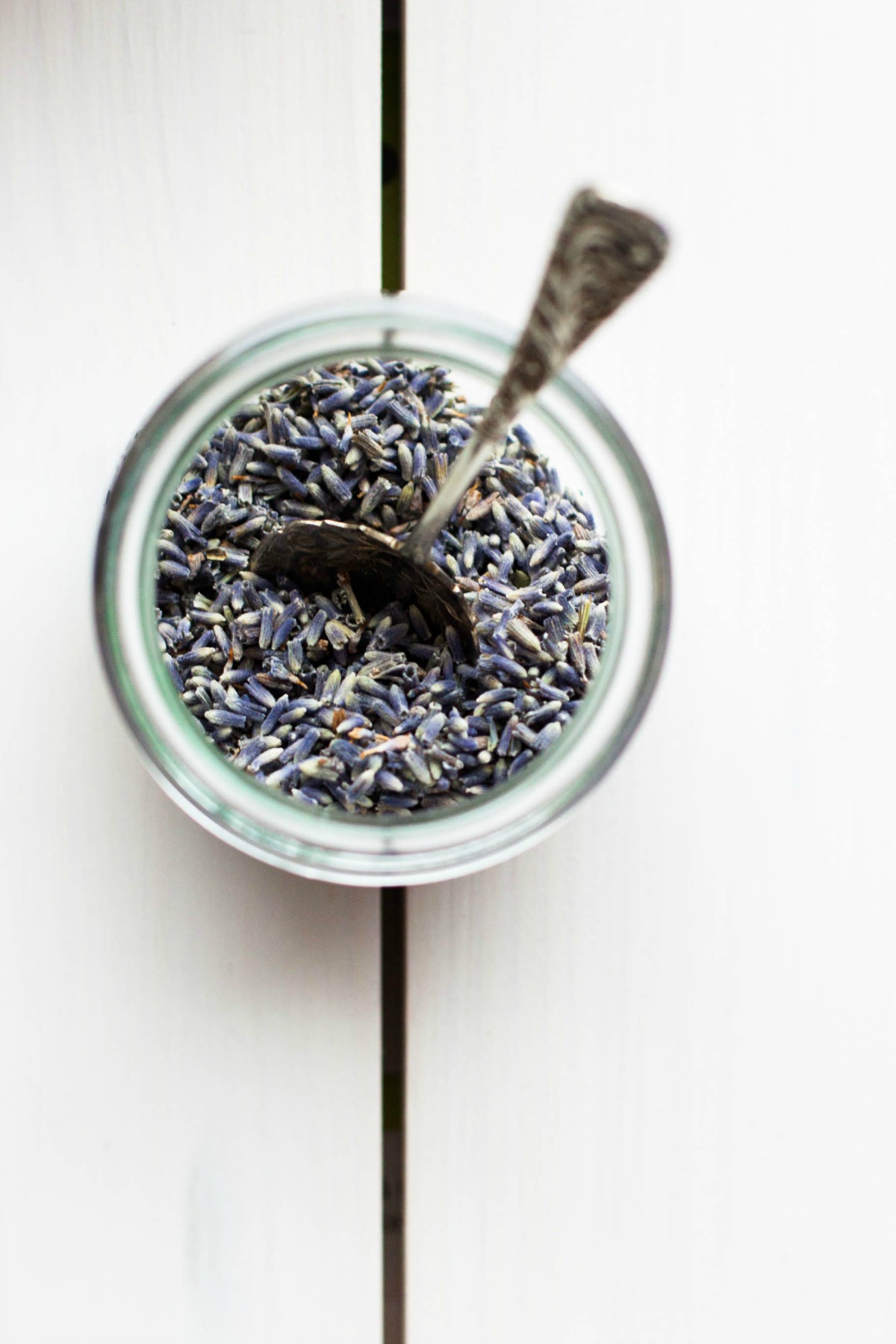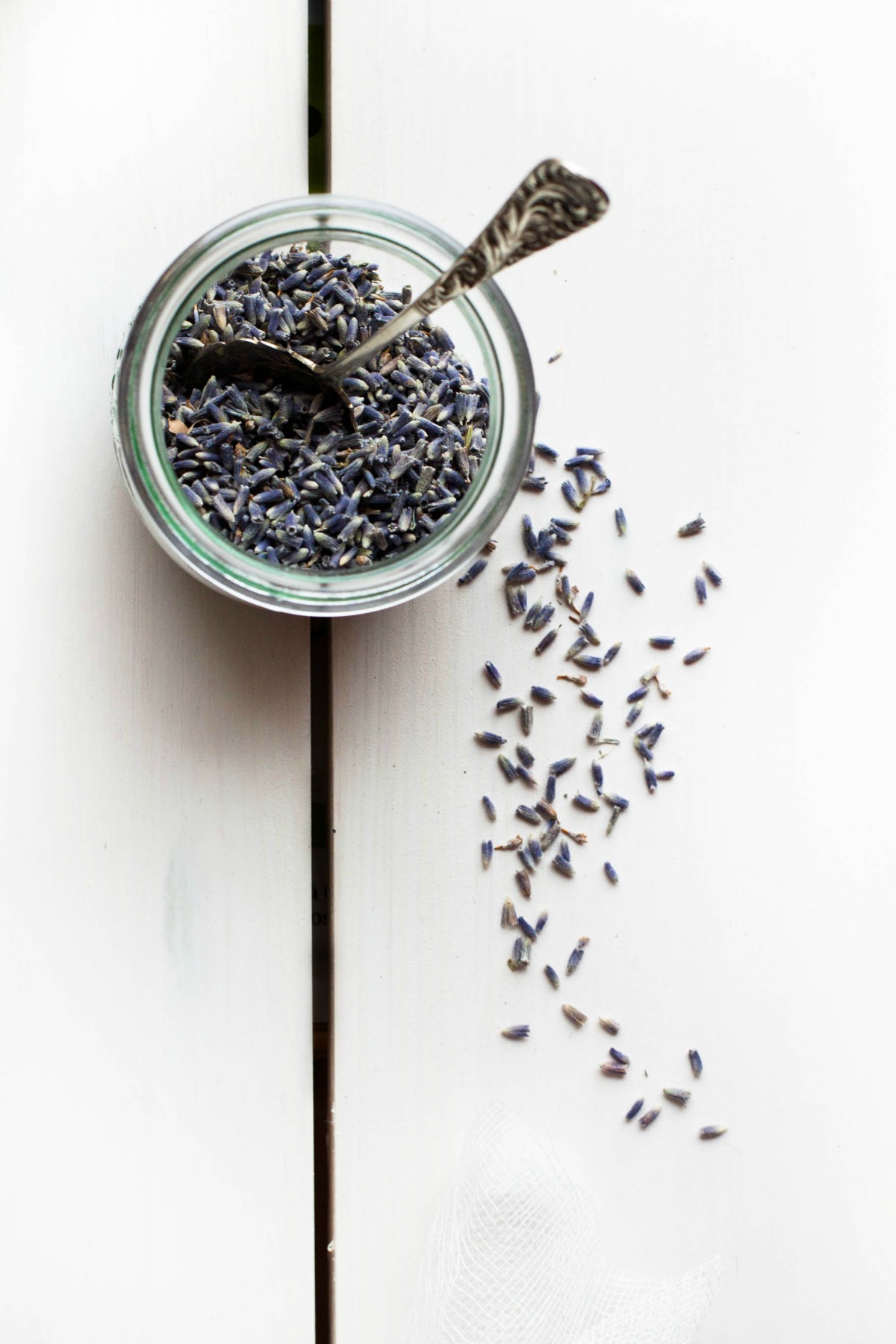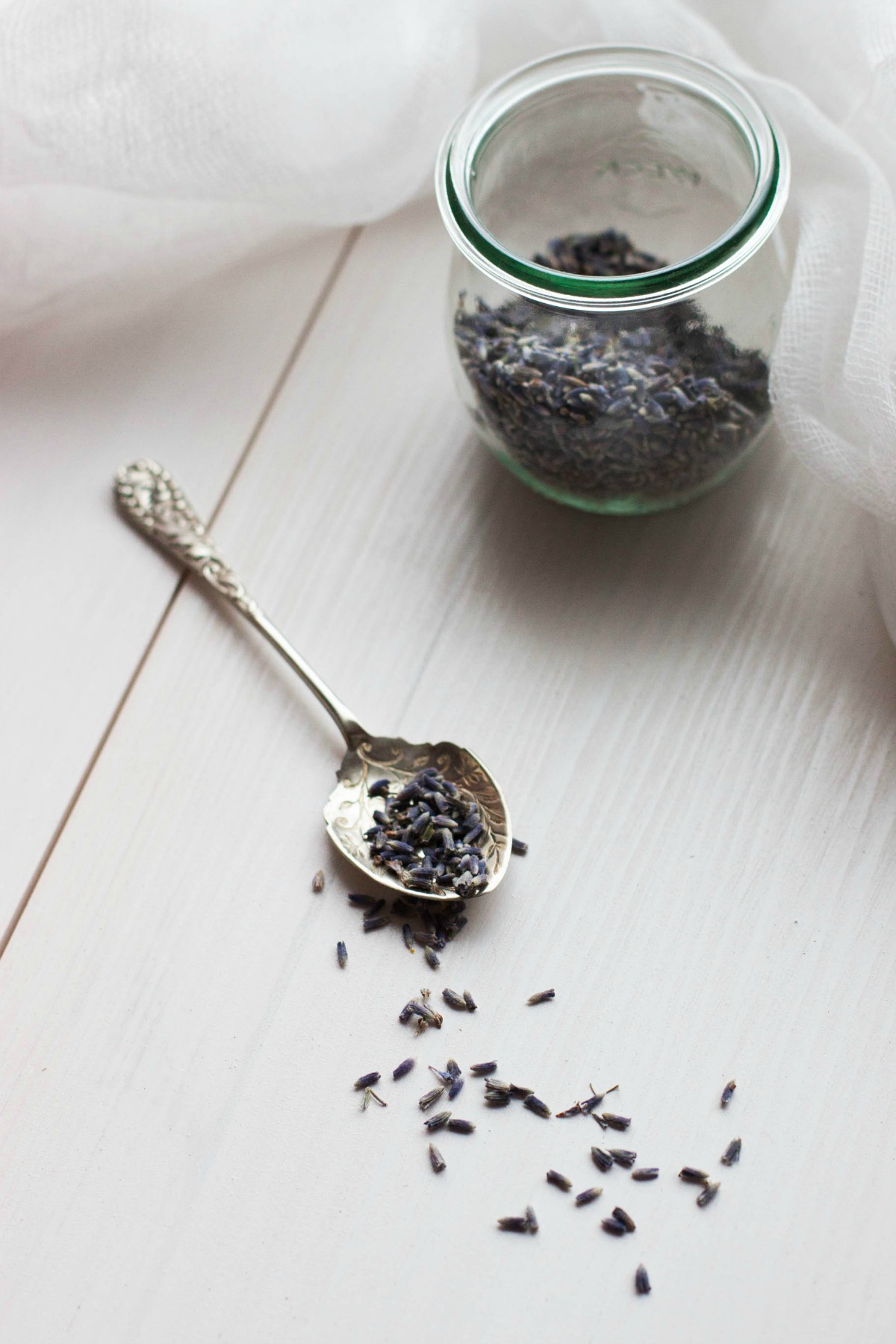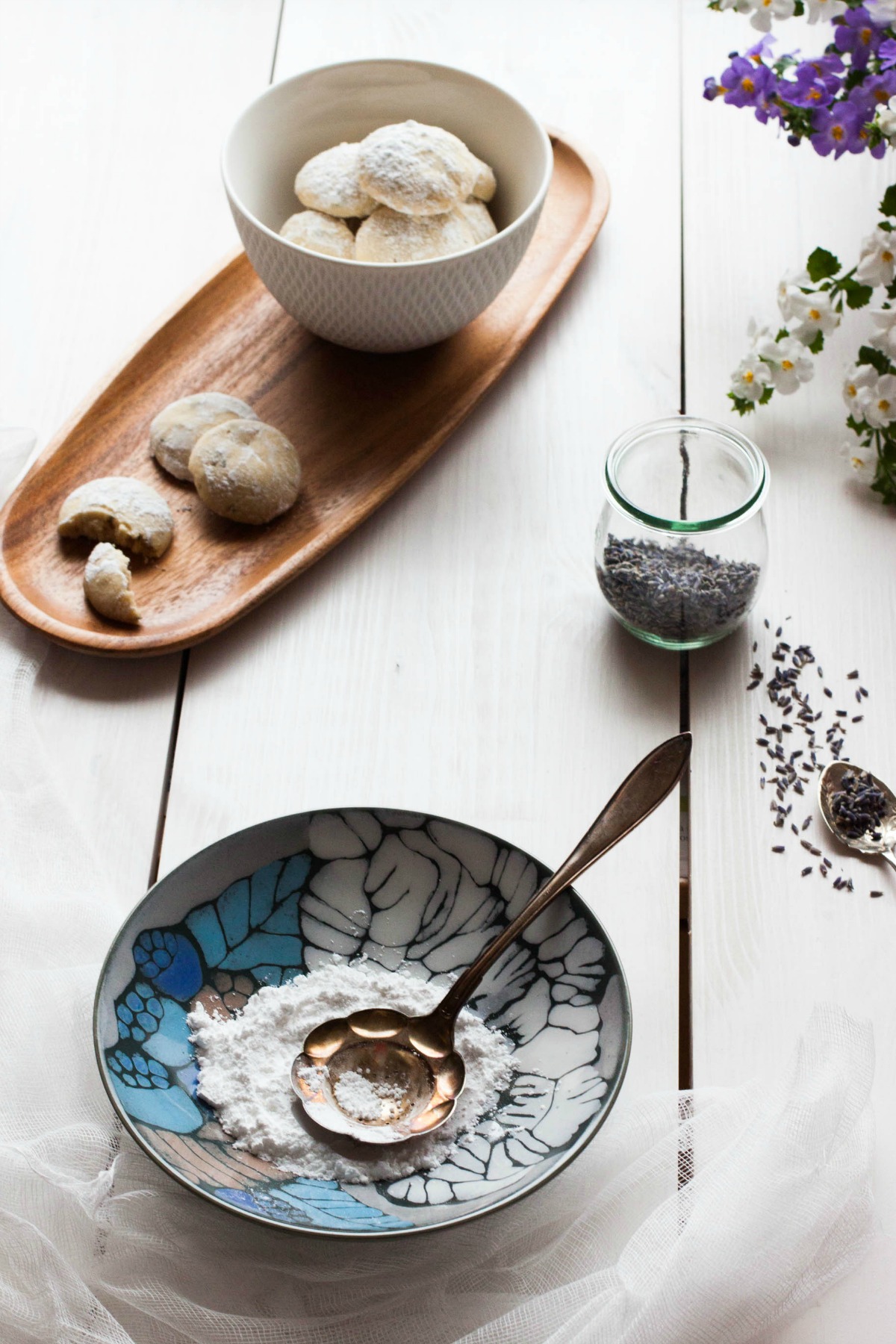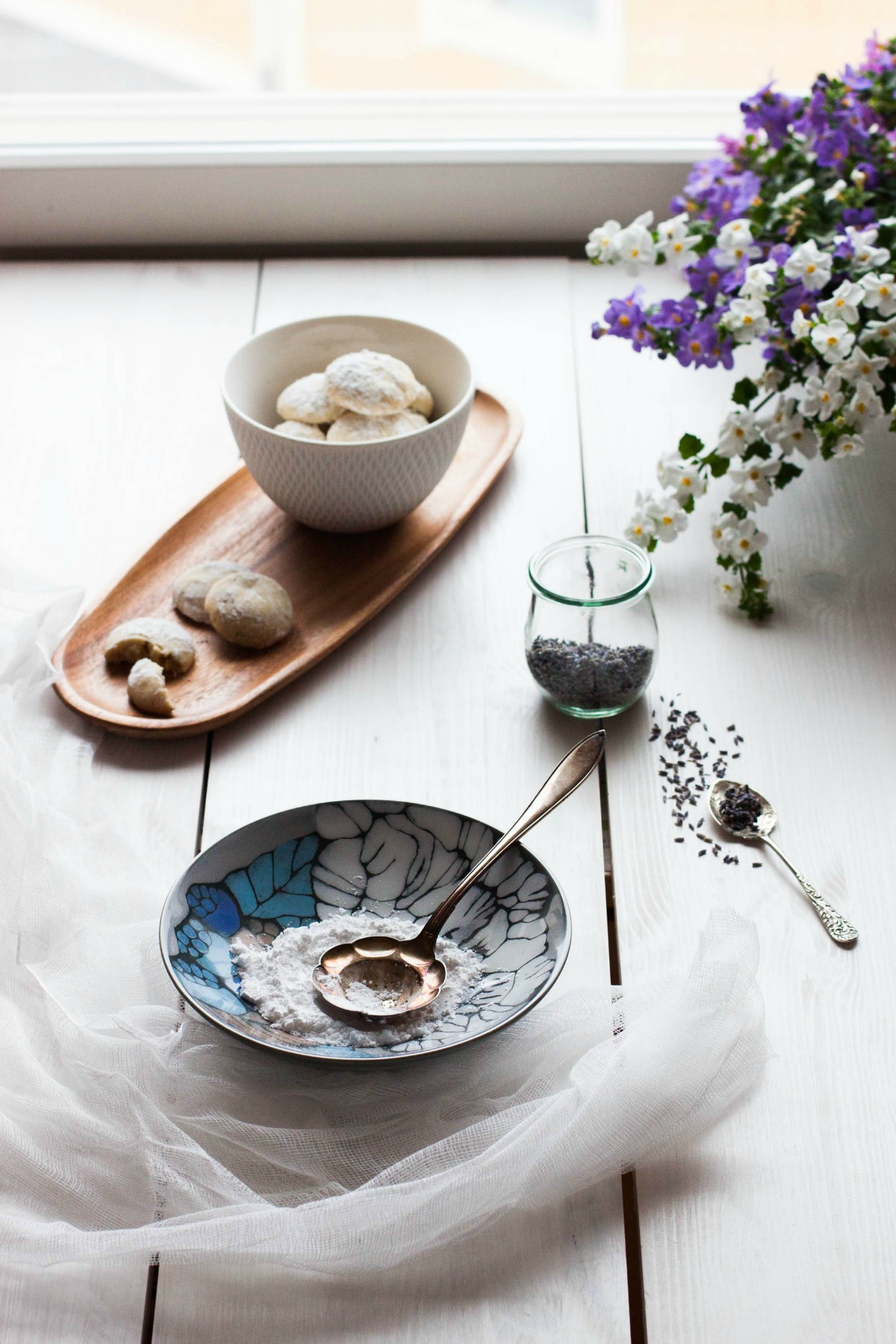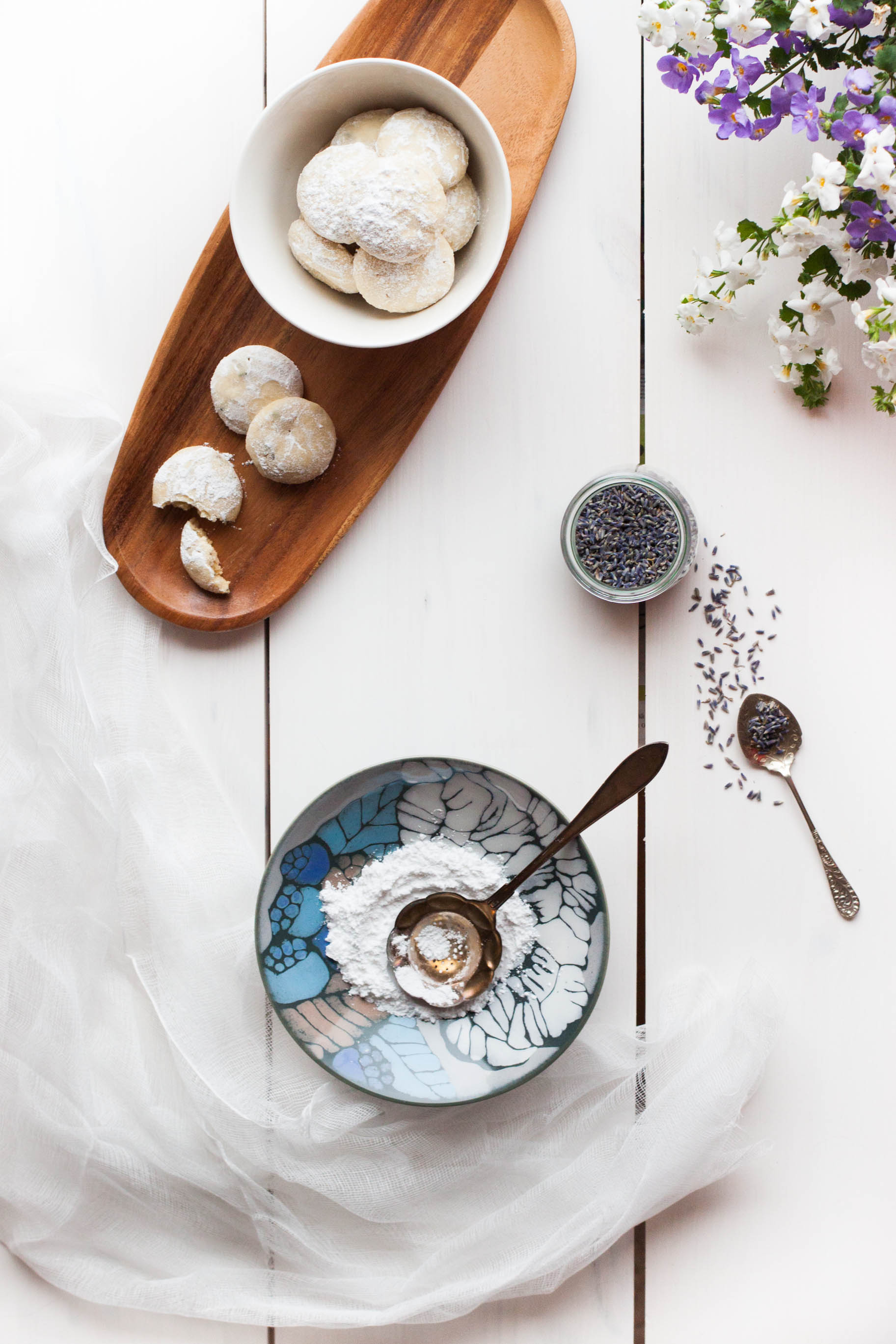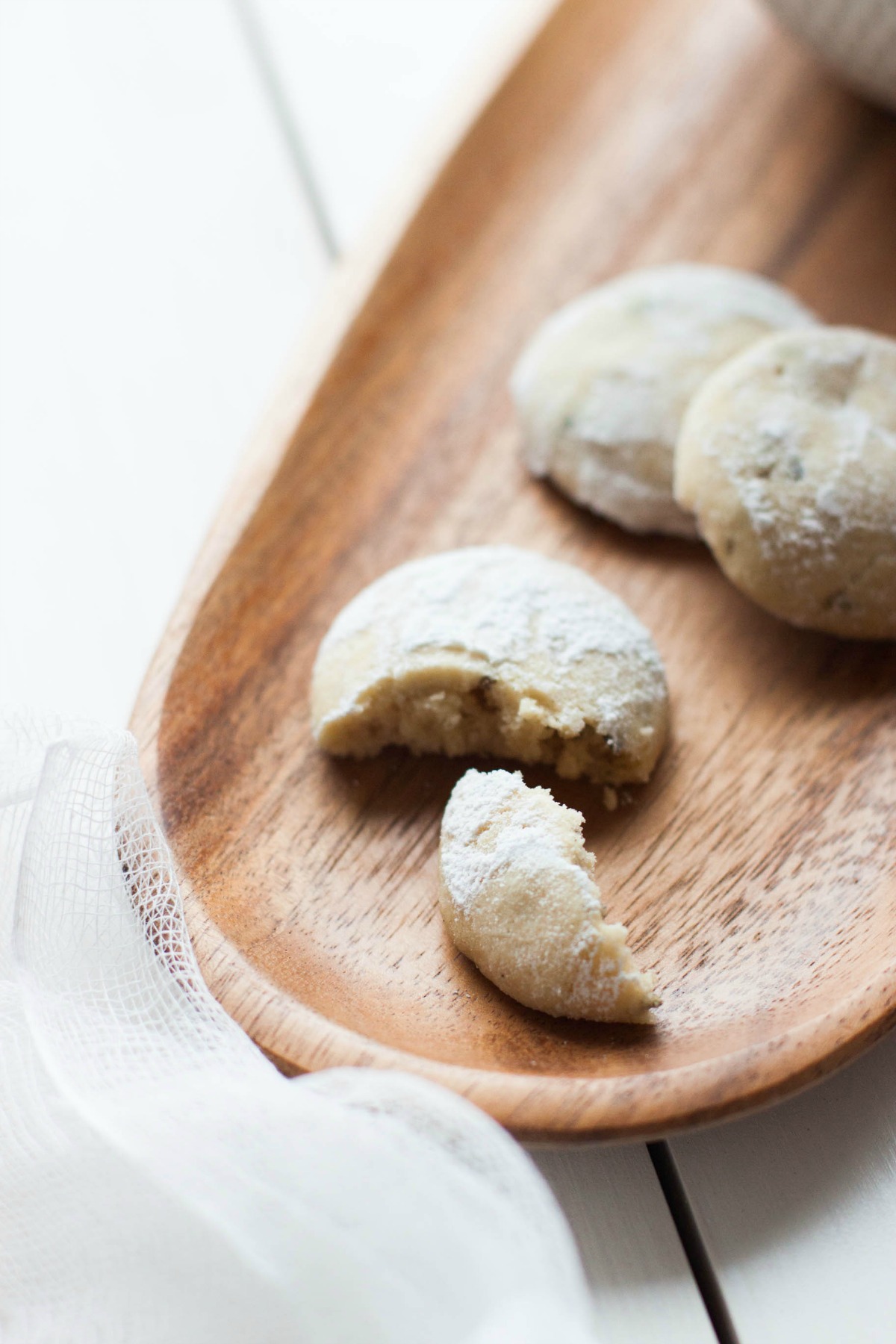Drumroll, please... My summer vacation started this week! Wohooo! I still can't get my head around the fact that someone is actually paying me for doing nothing. So for the next 4 weeks I get paid for sleeping in, eating strawberries and fresh peas by the handful, hanging out with friends and family, spending way too much time watching music videos like this one, staining my hands with the sweet juices of cherries, chatting with the lovely lady at the farmers' market, sitting on the porch enjoying a glass of chilled rosé, and watching the World Cup every single night. Absolutely no complaints.
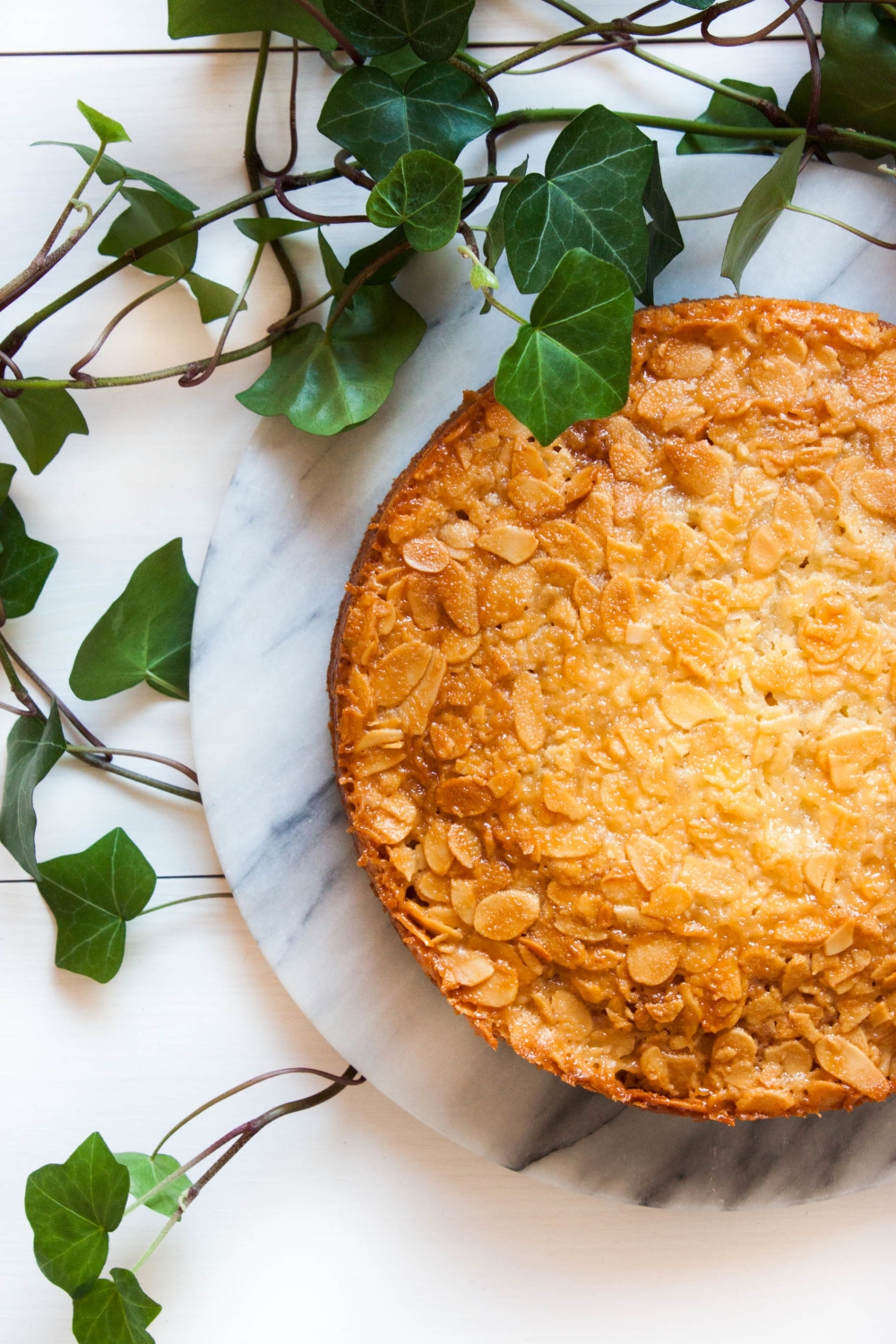
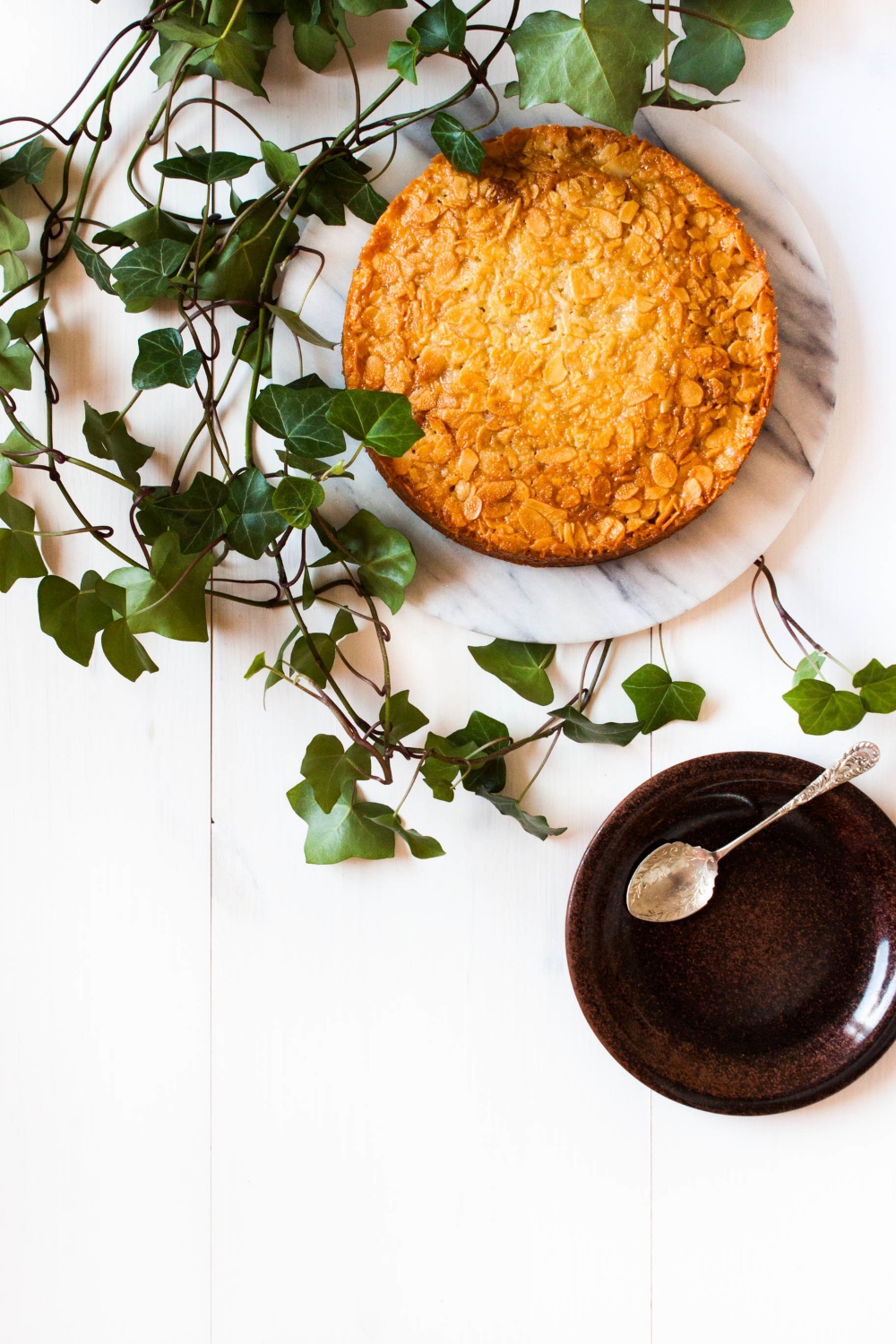
This occasion definitely calls for cake. So how about toscakaka? It's basically a classic pound cake topped with one giant Florentine. Pretty damn genius if you ask me. Not without reason is it one of the most loved cakes in Scandinavian baking. I'm not sure of its origin but already my great-great-grandmother, a known cook, baker, and author, baked this cake. The ingredients must have been rather expensive at that time so I guess it has been a treat reserved solely for the upper class.
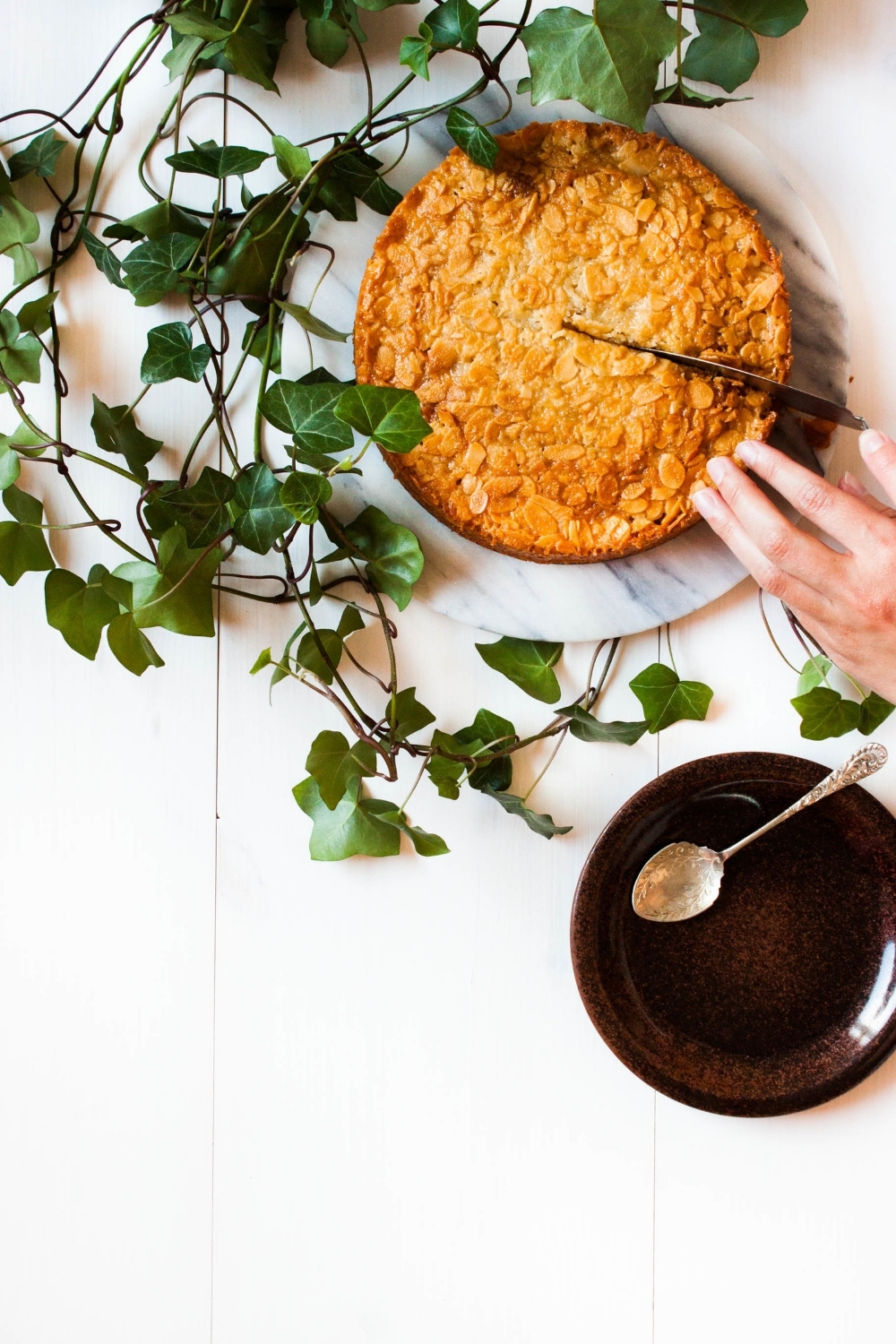
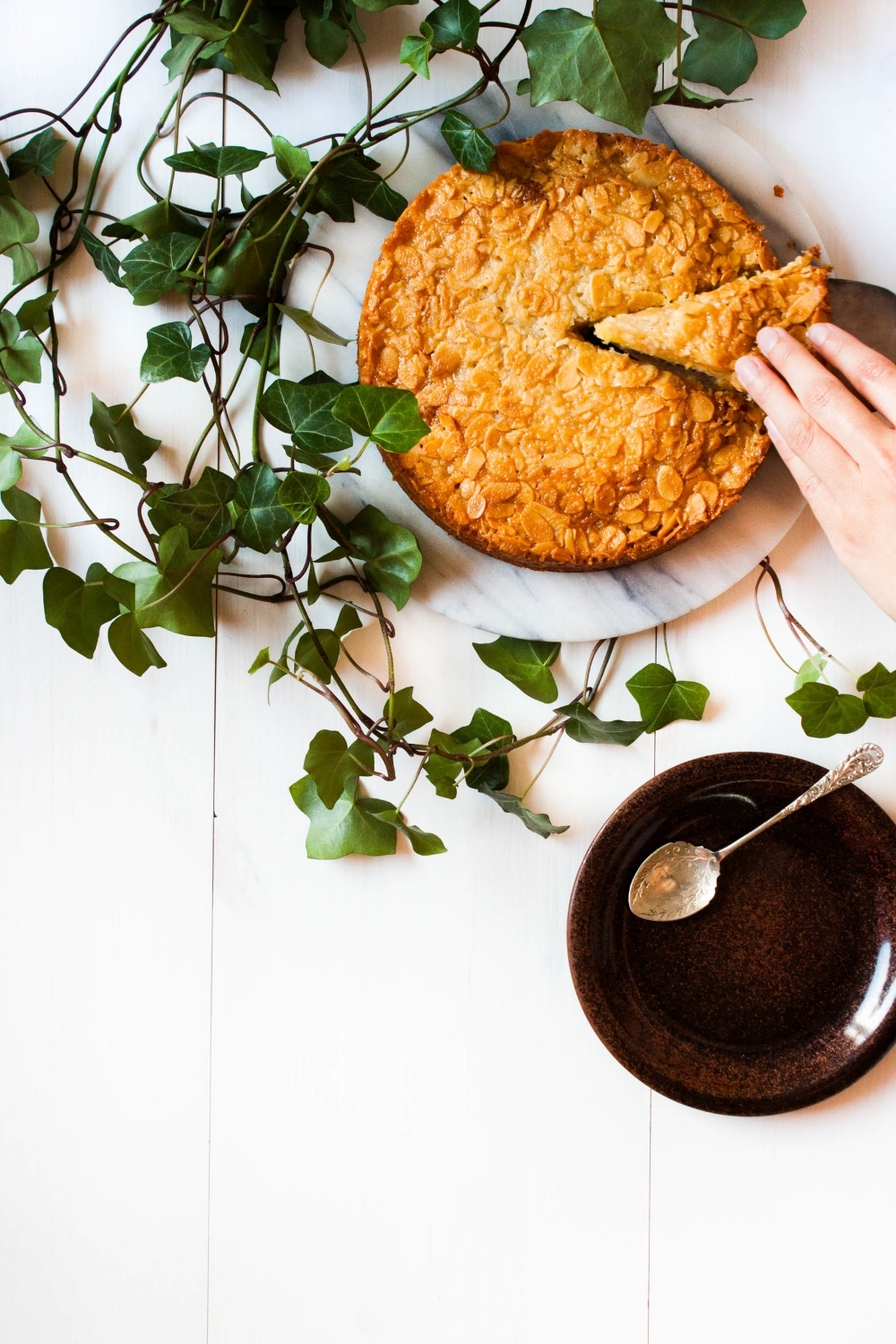
This cake is baked according to a family recipe. Toscakaka was my late great-grandfather's signature cake, and luckily he left a small note with the ingredients needed to recreate this treat. I've kept that small piece of paper like a gem for several years now, but somehow I've never actually made the cake. Maybe I feared screwing it up? Would I be able to make the cake taste as good as he did? Last week, I finally overcame my fear of failing. The cake came out perfect. I don't know if it tasted as good as the ones my great-grandfather baked but it was everything I could have asked for. A moist cake base and a crunchy caramel almond crust. I was proud of myself, and I'm sure he would have been too.
This cake is highly addictive. I've made three cakes in one week. Yeah. Let it be summer vacation.
Toscakaka – Nordic Caramel Almond Cake
makes one 20 cm / 8" cake
I made a few small adaptions to the original recipe like adding lemon zest to the batter. I think it was lovely but feel free to omit it if you wish to. Also, my great-grandfather was known to always double the caramel almond topping. It appears, however, that he must have been using a larger cake pan. I was baking this cake again last Sunday and decided to double the topping cause HOW CAN ONE NOT WANT MORE OF THAT CRUNCHY GOODNESS!?! Well, I ended up creating a mess as the topping overflew in the oven. So that definitely lacks some more recipe testing...
For the dough
125 g (4.4 oz) unsalted butter, at room temperature
135 g (4.8 oz; 1 ½ dl; ⅔ cup) caster sugar
3 eggs (M), at room temperature
zest of 1 lemon
140 g (4.9 oz; 2 ½ dl; 1 cup) all-purpose flour
pinch of fine sea salt
1 ½ tsp baking powder
2 tbsp milk, at room temperature
For the topping
55 g (2 oz) unsalted butter
55 g (2 oz; 1 ¼ dl; ½ cup) sliced almonds
3 tbsp granulated sugar
1 tbsp all-purpose flour
2 tbsp heavy cream
optional: fresh strawberries (or other berries) and Greek yogurt or lightly whipped cream, to serve
To make the cake
Preheat oven to 175°C (350°F).
Grease the cake pan (preferably springform). In a small bowl, mix the flour, salt, and baking powder. Set aside. In a bowl of a standing mixer, cream the butter and sugar together until light and fluffy. Add the eggs one at a time and beat until well incorporated. (If your batter breaks at this step, your eggs have probably not been at room temperature or you've added the eggs too quickly. Don't worry. The dough should come together once the flour is added.) Add lemon zest and about half of the flour mixture and mix until smooth. Gradually add the milk and finally the rest of the flour mixture and mix until you have a smooth batter. Pour into the prepared cake pan. Bake on the middle rack for 25–30 minutes or until risen, golden brown in color, and almost done (the cake will continue to bake once the topping is added but needs to be enough cooked to support the topping).
To make the topping
Add the butter, almonds, sugar, flour, and heavy cream to a medium-sized heavy-bottomed pot. Keep your eyes on the cake. When the cake starts to look ready for the topping, start cooking the caramel almond topping (the topping comes together in less than 5 minutes). Over medium-high heat, stir until the mixture starts to bubble and thicken slightly. Remove from heat and pour over the pre-baked cake making sure that it's evenly distributed. I think it's easiest to pour the topping in the middle of the cake and, with the help of a spatula, gently spread into an even layer. Bake for further 10–15 minutes or until the crust is golden brown and bubbles.
Cool for about 10 minutes, and run a knife around the edge of the pan to release the cake. Let cool on a wire rack. The caramel will harden as the cake cools down.
Enjoy at room temperature plain or with fresh berries and some Greek yogurt or lightly whipped cream.
